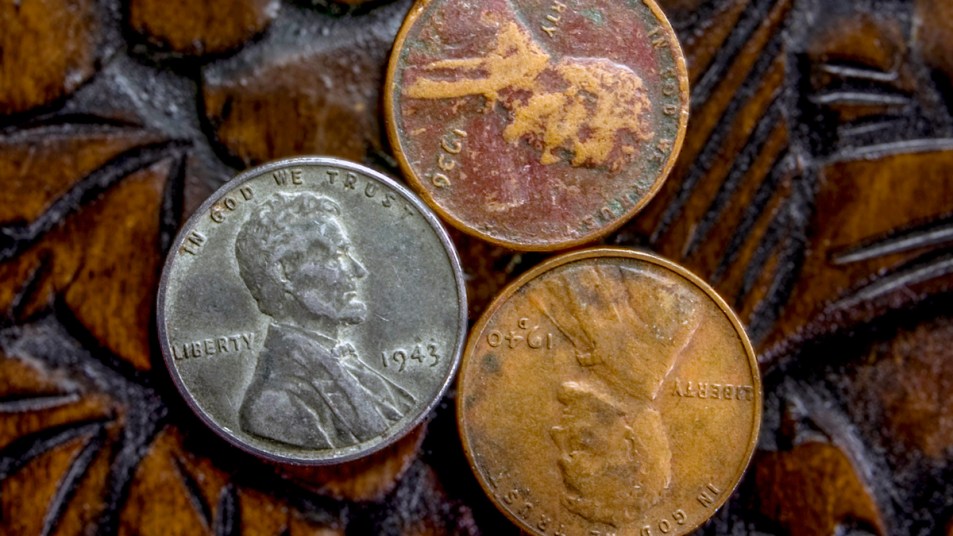Finding a 1943 Copper Penny In Your Change Could Be Worth $372,000

Spotting old coins always makes us wonder one thing: How much are they worth today? If you happen to spy a 1943 copper penny in your change jar, you could find yourself raking in a lot more than just one cent!
Let’s back up for a second. You may have stumbled upon a 1943 steel wheat penny before. We’re all so used to seeing copper pennies, so these silver-hued coins seem unique. It’s understandable that you might assume they are worth, well, a pretty penny. But depending on the quality, the 1943 steel wheat penny value is just around 25 cents… not exactly a goldmine.
To understand why the 1943 copper penny is worth more, it’s important to remember what was going on that year. The country was in the middle of World War II and copper was needed for the military’s ammunition. So, the US Mint began manufacturing those steel pennies instead. Finding a steel one now is actually incredibly common — there were about a billion created that year.
However, the opposite is true for a 1943 copper penny. These rare coins were created by mistake when some remaining copper alloy was accidentally left in a minting press. According to the US Mint, only about 40 of those copper pennies still exist, which is, of course, why they are so valuable. The Professional Coin Grading Services (PCGS) lists one selling at an auction earlier this year for a whopping $372,000!
Now, if you’re curious about silver-hued pennies that are worth more than their face value, look for ones made the next year instead. The 1944 steel wheat penny is a flipped around story from those in 1943. In this instance, silver alloys were accidentally left in the minting press after they switched back over to copper pennies (thanks to recycled ammunition shells).
A 1944 steel wheat penny is also super rare, but the PCGS lists one selling for $158,625 back in 2013. Not quite as much as the 1943 copper penny went for, but still a nice chunk of change!
In both cases, you’ll need to watch out for fakes and counterfeits that people often paint over to look like the real deal. Luckily, there’s an easy test that can help verify whether the coins are legit. All you need is a magnet! Steel will stick and copper won’t. So if your 1943 copper penny does stick to it, that’s a phoney; if your 1944 steel wheat penny doesn’t stick to it, that one is a sham.
If they pass the test, then you can start talking with local coin dealers and third-party grading services (like PCGS) to get it further authenticated — and hopefully cash in!













